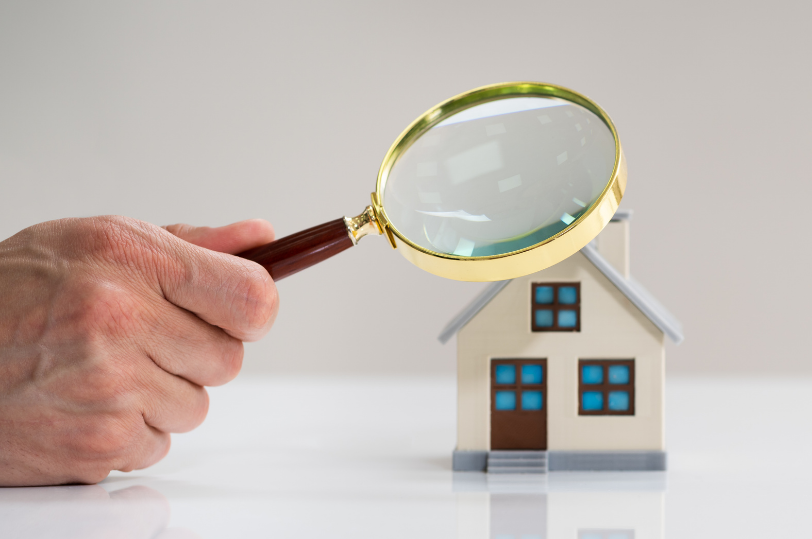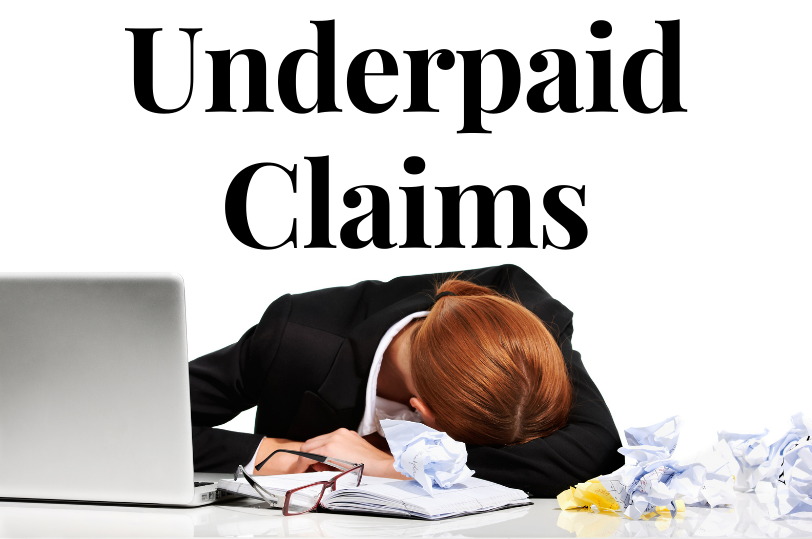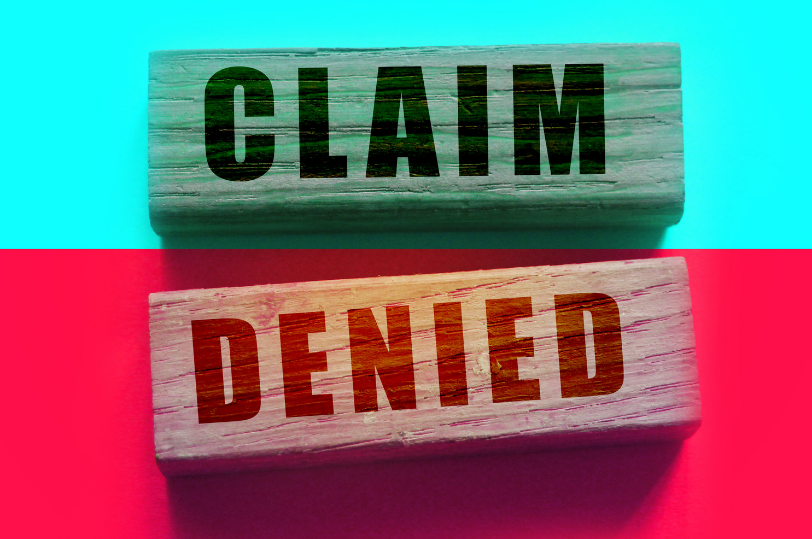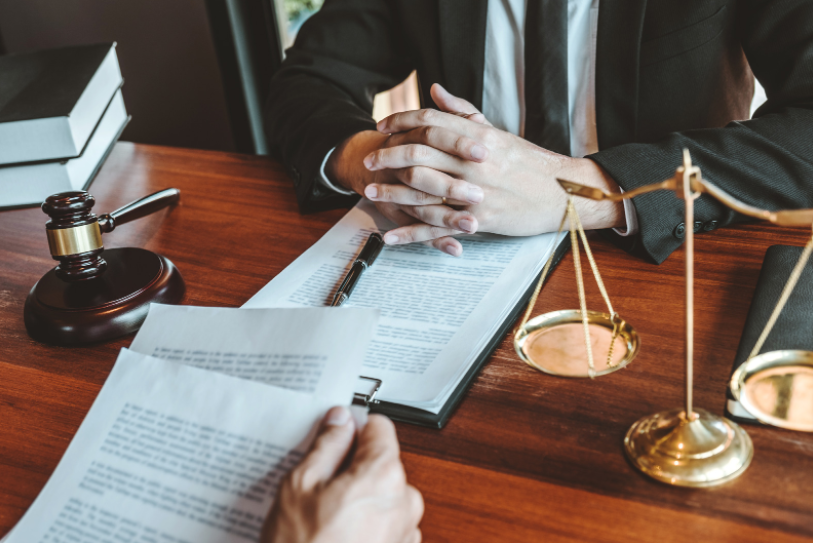First Party Appraisals
Insurance companies regularly deny and underpay claims. Unfortunately for their clients, their loyalties are to their bottom lines, not their policyholders. As an attorney, you know this to be true. Of course, it’s up to you to establish the occurrence caused the damage to your client’s property and the compensation asked. First party appraisals are here specifically to help attorneys prove just that.
What Is An Appraisal?
When there is a question as to whether the amount of money offered by the insurance company as a settlement is appropriate to repair the damage or a dispute regarding repair or replacement, a first party appraisal is often the next step. To resolve disputes between the property owner and the insurer, most insurance plans provide for appraisals.
For example, assume your client (the property owner) sustained storm damage to their roof. Their contractor provides a quote for repairs totaling $15,000. However, the insurance company adjuster believes it should only cost $5,000. And, they cannot come to an agreement. Either party can request an appraisal to settle the differences.
Understanding How An Appraisal Works
Fortunately, the process is relatively simple. Each side engages an appraiser, and those two individuals identify a third, and independent professional, known as an umpire.
In order to resolve the issues, both appraisers are provided the opportunity to perform an inspection. After which they must prepare a damage estimate. They will then meet to “compare notes” and attempt to come to an agreement.
In cases where they cannot agree, the umpire comes into play. An independent professional will assess both sides’ work. They will make a decision.
What Your Appraiser Should Do
Engaging a reputable and experienced appraiser is key. A seasoned professional knows the value of documentation and will first gather all the appropriate paperwork including estimates from both your client’s contractors and the insurance company. They will review these documents to identify where the differences of options lie.
Once complete they will conduct their own inspection, making sure to review each area of the property carefully. They are looking to check the validity of the estimates that were submitted. Perhaps something was overlooked or maybe overestimated. A good appraiser will take lots of photos to document the damage. It is possible that sections of the property that are not damaged may need to be removed and repaired in order to get access to places where the damage has occurred. All of these expenses should be factored in.
Interviews with the property owners help to provide valuable information, especially when damage is extensive (as it can be after a storm). In cases like this, speaking with the property owner can offer valuable insight, including what the property looked like, (the construction, and decorating materials used) prior to the incident. The appraiser can leverage technology to create an estimate. Reputable companies also have a host of professionals (engineers, contractors, and inspectors) on staff which serves as a resource for cost estimates.
Choosing a First Party Appraiser
Of course, as an attorney, your ultimate goal is to get your client the insurance settlement they need and deserve. At times, a critical part of that will be engaging an appraiser. As a professional, you know firsthand the value your quality experience brings to your clients. Leveraging the skills of other professionals with appropriate areas of expertise is a critical piece of the puzzle.
Make sure the first party appraisals you choose have the appropriate level of experience. They should know how to assess the damages. Choosing the right professional is an important step in providing your client the quality service they deserve.






